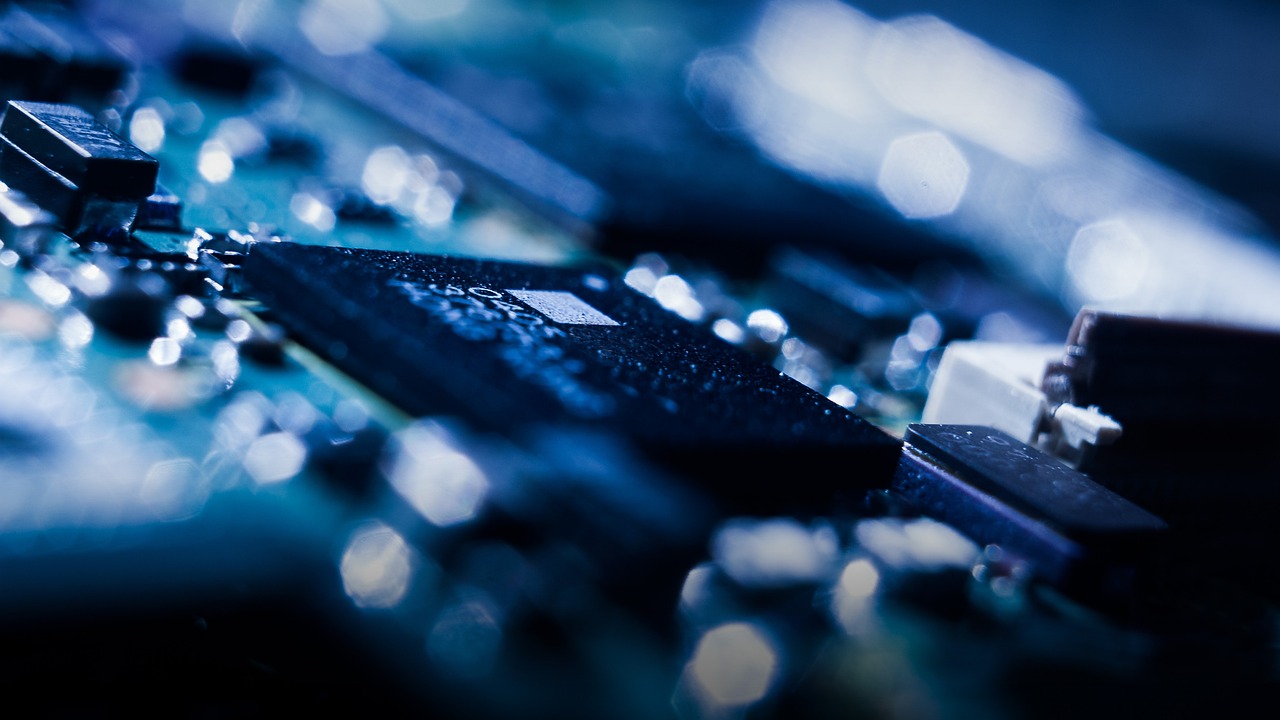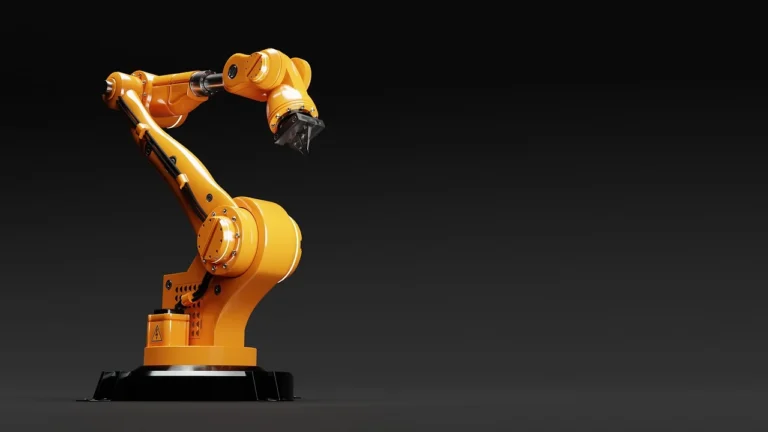We help the world since 2012

How Can We Convert AC to DC?
Converting alternating current (AC) to direct current (DC) or AC to DC conversion is a fundamental process in electronics and power systems, playing a crucial role in everything from powering household electronics to large-scale industrial applications. Whether you’re an engineer, a hobbyist, or someone curious about how everyday devices work, understanding this conversion is key. In this blog post, we will explore the different methods to convert AC to DC, the importance of this process, and its various applications.
What is AC and DC?
Before diving into the conversion methods, it’s essential to understand the difference between AC and DC.
- Alternating Current (AC): In AC, the flow of electric charge periodically reverses direction. Most power generation systems, like those in our homes, deliver AC because it can be transmitted over long distances more efficiently.
- Direct Current (DC): In DC, the flow of electric charge is in a single direction. Batteries and most electronic devices use DC because it provides a stable and consistent voltage.
Why Do We Need to Convert AC to DC?
Most electronic devices, such as smartphones, laptops, and LED lighting, require DC power to operate. However, the electricity supplied to our homes and businesses is AC. Therefore, converting AC to DC is necessary to power these devices. Additionally, DC is essential for charging batteries and for many industrial processes.
Methods of Converting AC to DC
There are several methods to convert AC to DC, each with its specific applications and characteristics.
1. Rectification
Rectification is the most common method of converting AC to DC. It uses electronic components called rectifiers, which allow current to flow in only one direction, effectively blocking the reverse flow and producing DC output.
- Half-Wave Rectification: In this method, only one half of the AC wave is passed through, while the other half is blocked. The result is a pulsating DC, which is not ideal for most applications but can be used in simple circuits.
- Full-Wave Rectification: This method uses both halves of the AC wave, resulting in a smoother DC output. It typically involves a bridge rectifier circuit, which uses four diodes to achieve this.
2. Smoothing (Filtering)
After rectification, the DC output is still pulsating, so it needs to be smoothed to provide a stable voltage. This is done using capacitors, inductors, or a combination of both.
- Capacitor Filtering: Capacitors are used to smooth out the ripples in the rectified DC by storing energy during the peaks and releasing it during the valleys.
- Inductor Filtering: Inductors resist changes in current, which helps to further smooth the DC output. Inductor filtering is often used in combination with capacitors to achieve a cleaner DC signal.
3. Voltage Regulation
Even after rectification and smoothing, the DC voltage may still vary with changes in the input AC or load conditions. Voltage regulators are used to maintain a constant DC output voltage.
- Linear Regulators: These are simple and provide a stable output, but they can be inefficient as they dissipate excess voltage as heat.
- Switching Regulators: These are more efficient as they convert excess voltage into additional current, making them ideal for applications where power efficiency is crucial.
4. Advanced Conversion Techniques
In some advanced applications, such as high-power industrial systems or renewable energy systems, more sophisticated conversion techniques may be used.
- Pulse Width Modulation (PWM): This technique controls the width of pulses in a signal to regulate the output voltage, offering high efficiency and precise control.
- Inverters and DC-DC Converters: These devices are used in scenarios where AC needs to be converted to DC and then back to AC or where DC voltage levels need to be adjusted.
Applications of AC to DC Conversion
The conversion of AC to DC is essential in many applications, including:
- Consumer Electronics: Smartphones, laptops, and televisions all require DC power.
- Battery Charging: Batteries, whether in electric vehicles, portable devices, or renewable energy systems, are charged using DC.
- Industrial Machinery: Many industrial processes rely on DC motors and controls, requiring AC to DC conversion.
- LED Lighting: LEDs operate on DC, so converting AC from the mains supply is necessary for LED lighting systems.
Conclusion
Converting AC to DC is a critical process that underpins modern electronics and electrical systems. By understanding the methods of rectification, filtering, and voltage regulation, you can appreciate how your devices function and make informed decisions when designing or troubleshooting electronic circuits. Whether you’re a DIY enthusiast or a professional engineer, mastering AC to DC conversion is a valuable skill in the world of electronics.




